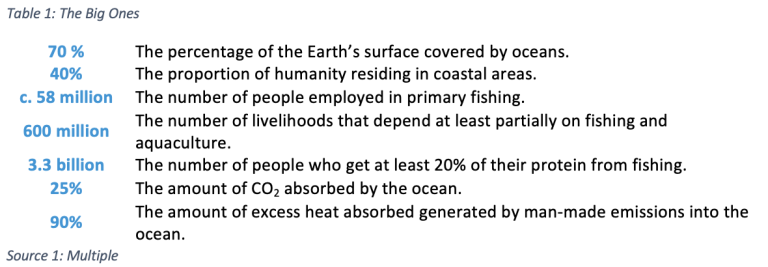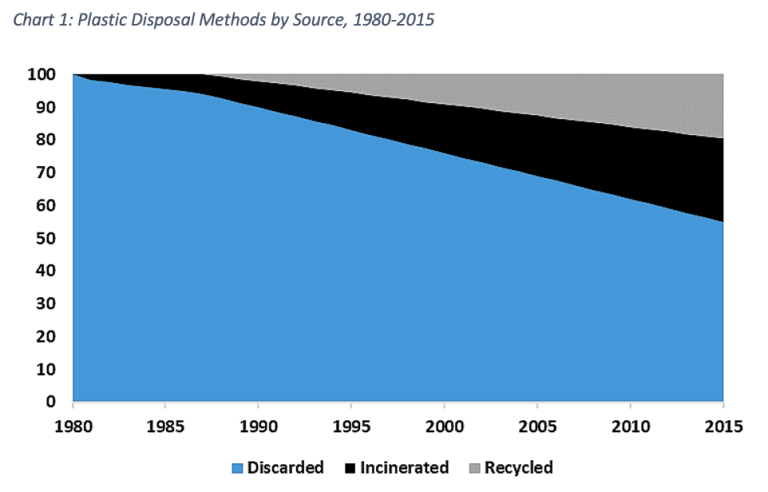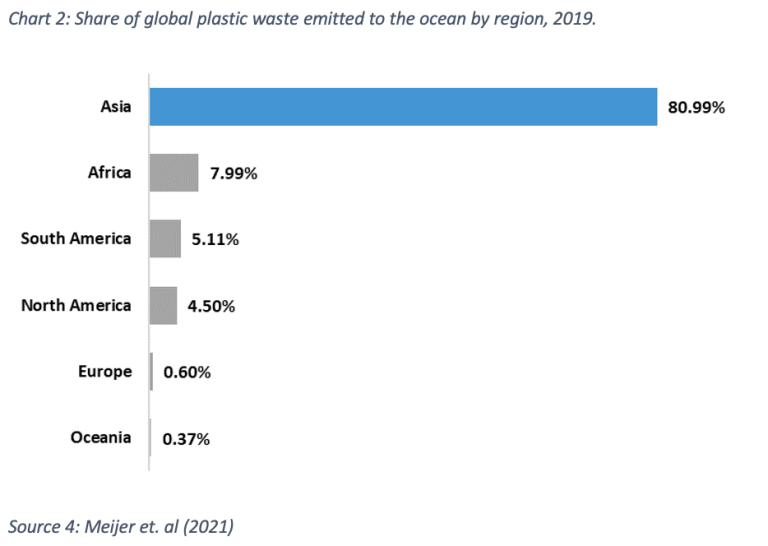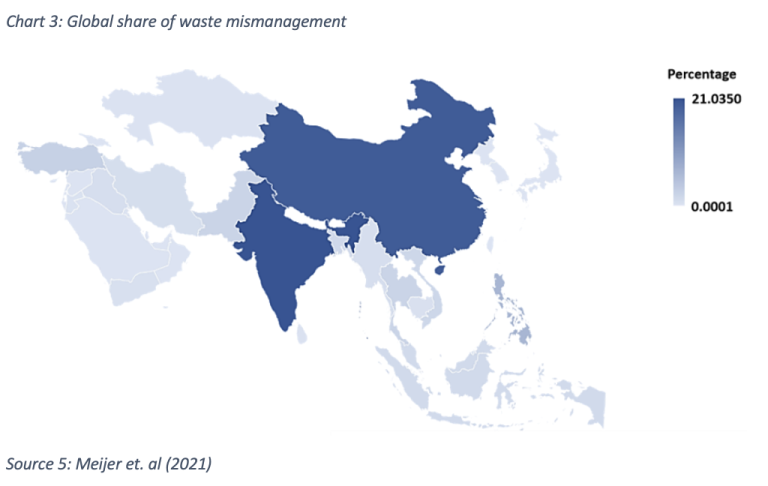“Life Below Water” in Asia
 Adam MacRae
Adam MacRae  August 2, 2023
August 2, 2023  Adam MacRae
Adam MacRae  August 2, 2023
August 2, 2023 For starters, in 2022, microplastics were found in fresh snow in Antarctica. In the same year microplastics were detected in 80% of human lungs in a scientific study. To say this is troubling would be a gross understatement.
To understand just how important the ocean is for our planet, our health, and our economies, consider the following figures below.

Not only is the ocean critical to the well-being of the planet, but it has also been playing an outsized role in supporting the stability of our planet’s climate by absorbing excess heat generated by burning fossil fuels. Unfortunately, humanity has not been treating it with the respect that it deserves.

It is fair to say that things are currently getting worse as the total amount of plastic pollution reaching oceans is adding up more in absolute terms. That said, when looking at the data, the world has been making significant progress in how it deals with the disposal methods of plastics. In Chart 1, you can see that in 1980 100% of plastic was discarded. In 2015, the discarded, incinerated and recycled rates were 55%, 25%, and 19.5% respectively. While these efforts are admirable, much more needs to be done.

In fact, the progress for Global Goal 14 has been so poor, that in 2020, the progress report for the Global Goals conceded that they are “not meeting the urgent need to protect this vast, fragile resource.”


As are all the greatest of challenges on earth, they are inherently multi-faceted and require a combination of coordinated efforts, cross-cutting solutions, and recognising the need sometimes for solutions sitting in each phase independently.
Coordination
A successful example of this is the launch of the Southeast Asia Regional Program on Combating Marine Plastics (SEA-MaP). It was founded with the objective of supporting 14 targets in the region including policy support, innovation, capacity building, outreach, and private sector engagement.
Direct Action
On top of that, SEA-MaP facilitated direct investments into country-level projects such as in Cambodia with a $60 million solid waste and plastic management improvement project. In a previous edition of our Global Goals briefings, we covered “Clean Water and Sanitation” in Oceania. In it, we explained the numerous associated health and economic related benefits that local communities near the coast can enjoy when investment is directed into inclusive and sustainable infrastructure.
At Holocene, we are working on numerous projects in the waste management and sustainable infrastructure space. If you would like to learn more about how Holocene can support your business, get in touch with our Chief Sustainability Officer Adam at info@holoceneic.com.